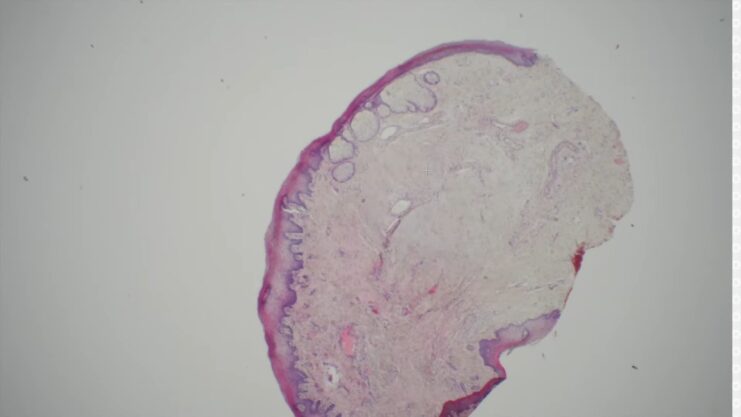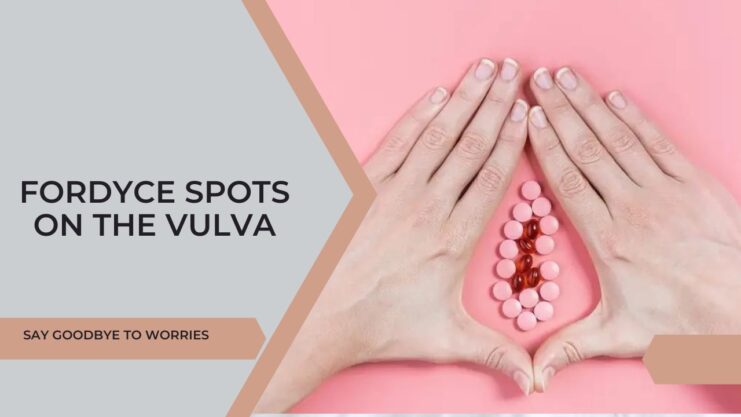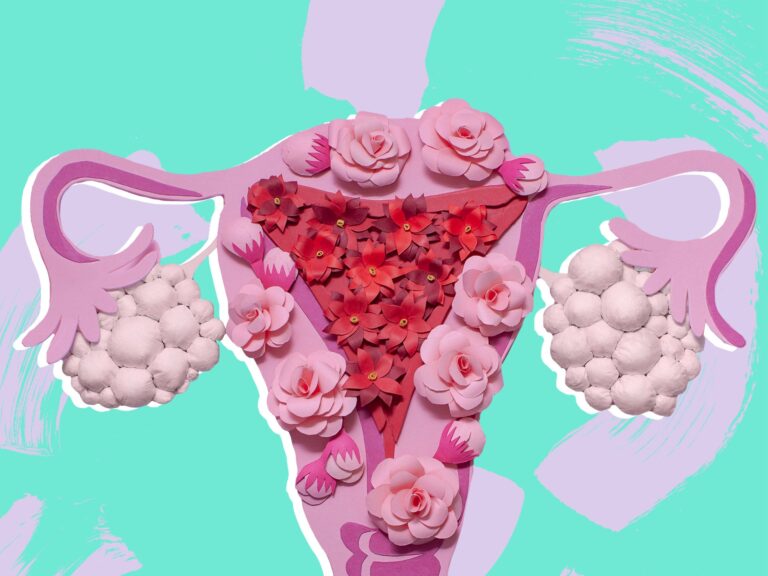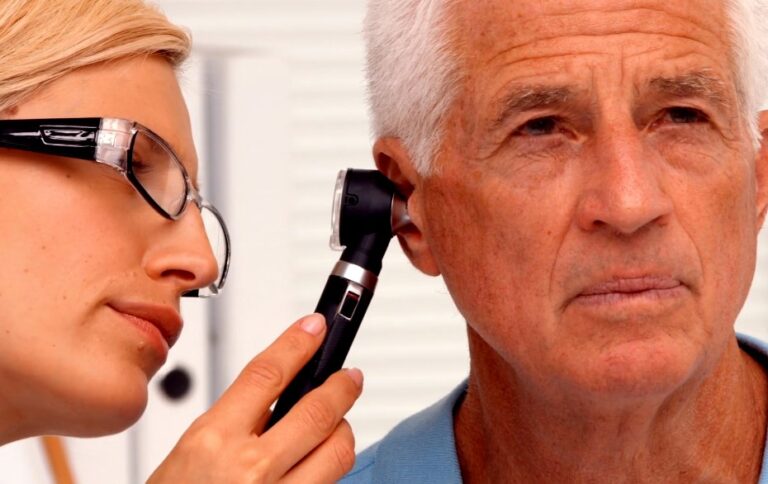Let’s unravel the mystery behind Fordyce’s spots on the vulva. This topic may be uncomfortable to some, but it’s essential to raise awareness and promote understanding. Knowing the nature, causes, and treatments of Fordyce spots can alleviate unnecessary worry and help ensure women’s health.
What Are Fordyce Spots?
Fordyce spots, named after American dermatologist John Addison Fordyce, are small, slightly elevated, yellowish or white spots that can appear on various parts of the body. They’re also known as Fordyce granules or sebaceous prominence due to their association with sebaceous glands, which produce our body’s natural oils.
Though they can appear anywhere on the body, Fordyce spots most commonly surface on the lips, cheeks, and genitals. They are generally harmless and do not indicate an underlying disease or illness. However, the presence of these spots, particularly on the vulva, can cause concern due to their unfamiliar appearance.
Appearance and Symptoms
They measure between 1 to 3 millimeters in diameter and usually group in clusters. On the vulva, they may appear on the labia, the inner surface of the vagina, or near the entrance of the vagina. While usually asymptomatic, they can sometimes cause mild discomfort or itching.
Though they’re mostly painless and benign, the mere sight of these spots on the vulva can be alarming due to their resemblance to sexually transmitted infections like herpes or genital warts. Understanding their characteristics and differences is crucial to prevent undue stress.
Causes and Prevalence

Now that we understand what Fordyce spots are, it’s important to explore why they occur and how common they are.
Causes of Fordyce Spots
The exact cause of Fordyce spots remains unknown, but researchers believe that they’re present at birth but only become visible during puberty when hormonal changes stimulate the sebaceous glands. These glands aren’t attached to hair follicles, unlike most others, allowing them to appear on areas like the vulva and lips.
They aren’t infectious or contagious, and they aren’t related to personal hygiene levels or sexual activity. So, you can’t catch them from someone else or prevent them by cleaning more thoroughly.
Prevalence of Fordyce Spots
Fordyce spots are surprisingly common, with studies estimating that 70-80% of adults have them. Despite this prevalence, they’re rarely discussed due to their location and the embarrassment some people feel about them. Awareness is essential so that individuals who find these spots on their bodies don’t immediately assume the worst.
Diagnosis

If you discover unusual spots on your vulva, getting a professional diagnosis is crucial. Here’s how Fordyce spots are diagnosed.
Clinical Examination
Typically, a healthcare provider can diagnose them through a simple visual examination. They’ll look at the size, color, and location of the spots. However, if there’s any doubt or if the spots appear atypical, further testing may be required to rule out other conditions.
Other Diagnostic Methods
In some cases, a biopsy may be performed to confirm the diagnosis. This procedure involves taking a small sample of the skin for examination under a microscope. Dermoscopy, a technique that illuminates and magnifies the skin’s surface, can also be helpful in distinguishing Fordyce spots from other skin conditions.
Differential Diagnosis

Let’s understand what other conditions Fordyce spots could be mistaken for.
Other Conditions
They can be confused with several conditions, including:
- Genital warts: These are caused by the human papillomavirus (HPV) and have a cauliflower-like appearance.
- Pearly penile papules: These are small, white, dome-shaped bumps found in rows around the glans of the penis, but are not seen on the vulva.
- Molluscum contagiosum: This viral infection causes small, raised, pearl-like nodules on the skin.
Recognizing the Difference
Knowing the differences between Fordyce spots and other conditions is crucial. Fordyce spots tend to be yellowish-white and don’t cause pain or discomfort, while genital warts may be flesh-colored, white, or pink and can cause itching and discomfort. A healthcare professional can provide an accurate diagnosis.
Treatment and Management
Though treatment is usually unnecessary, some options are available for those who are bothered by the appearance of Fordyce spots.
When Treatment Is Necessary
Fordyce spots on the vulva don’t pose a medical risk, but some people choose to have them treated for cosmetic reasons or discomfort. Psychological distress related to the appearance of them can also warrant treatment.
Treatment Options
Several treatments are available, but there is no universally effective method. Options include:
- Topical retinoids: These vitamin A derivatives can help reduce the prominence of the spots.
- Laser treatments: CO2 lasers or pulsed dye lasers can be used to remove the spots.
- Micro-punch technique: This surgical procedure removes the spots with minimal scarring.
- Cryotherapy: This involves freezing the spots with liquid nitrogen.
Bear in mind that these treatments can have side effects, and the spots may reappear after treatment.
Coping and Living with Fordyce Spots

While it may seem challenging at first, living with Fordyce spots is entirely possible, and understanding how to cope can help.
Psychological Impact
Although they aren’t harmful, they can cause distress due to the misconceptions and stigma around genital variations. If you’re feeling anxious or embarrassed, it’s essential to communicate with your healthcare provider and consider reaching out to a mental health professional.
Coping Mechanisms
If you have Fordyce spots, remember:
- You’re not alone: They are more common than you think.
- They’re not an STD: They are not a result of sexual activity and are not contagious.
- Seek support: Talk to trusted friends, loved ones, or support groups.
FAQs
Can I remove Fordyce’s spots at home?
It’s not recommended to try to remove Fordyce spots at home. Attempts to squeeze or scrape off the spots can lead to infection and scarring.
How are they diagnosed?
A healthcare provider can typically diagnose Fordyce spots through a simple visual examination. In some cases, further tests, such as a biopsy or dermoscopy, may be required.
Are they only found in women?
No, they can appear in both men and women. In men, they are often seen on the penis, while in women, they may appear on the vulva or the inner surface of the vagina.
Do Fordyce spots change size or color over time?
They usually remain the same size once they have appeared. Their color might appear more prominent if the skin around them is inflamed or irritated.
Can they spread to other parts of the body?
No, Fordyce spots don’t spread to other parts of the body. They are not infectious or contagious. However, they can be present in multiple body areas simultaneously, including the lips, cheeks, and genitals.
Conclusion
Fordyce spots on the vulva can be alarming initially but understanding them can alleviate unnecessary worry.
The Reality of Fordyce Spots
They are a normal anatomical variation and not a sign of an STD or poor hygiene. There’s no reason to panic or feel embarrassed if you have these spots. Remember that bodies vary greatly, and skin bumps and blemishes are more common than most people think.
Final Words
If you’ve discovered spots on your vulva and are unsure of what they are, consult with a healthcare professional for a diagnosis. It’s crucial not to self-diagnose or compare your symptoms to images online. Lastly, remember that everybody is unique, and minor skin anomalies like Fordyce spots are part of this natural variation.
It’s time we open the conversation about topics like these to promote body positivity and ensure everyone’s well-being. After all, knowledge is power.













